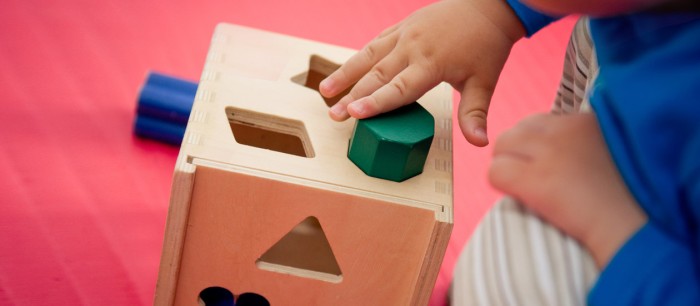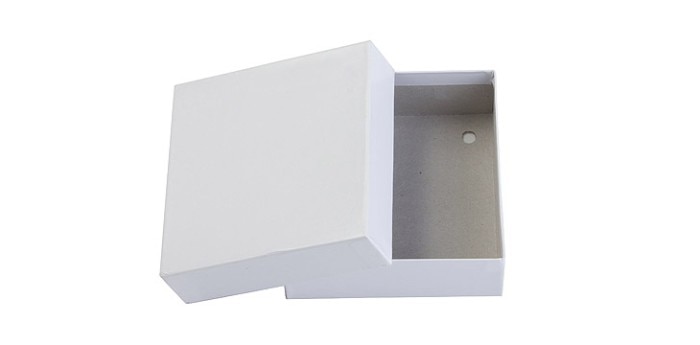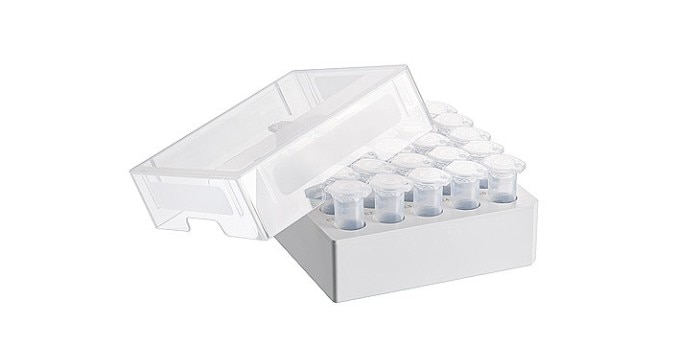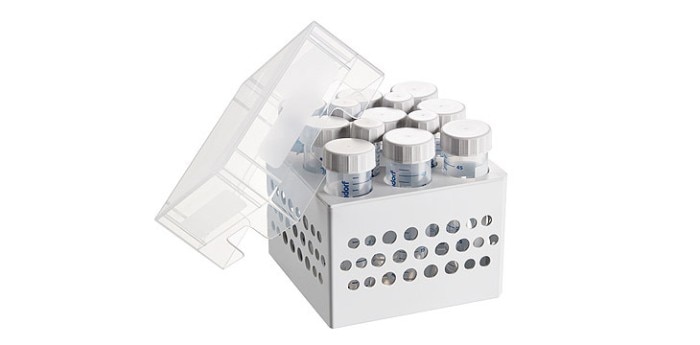MENU
FR | EUR
-
-
-
- Services pour bioprocédés
- Services pour centrifugeuse et rotors
- Services pour Mastercycler
- Services pour automates de pipetage
- Services pour congélateurs
- Services pour incubateurs
- Services pour agitateurs
- Services pour appareils de photométrie
- Service de contrôle de la température et de l’agitation
- Service pour pipette
-
-
-
-
- Services pour bioprocédés
- Services pour centrifugeuse et rotors
- Services pour Mastercycler
- Services pour automates de pipetage
- Services pour congélateurs
- Services pour incubateurs
- Services pour agitateurs
- Services pour appareils de photométrie
- Service de contrôle de la température et de l’agitation
- Service pour pipette
-
FR | EUR
-
- Centrifugeuses de paillasse
- Centrifugeuses au sol
- Centrifugeuses réfrigérées
- Microcentrifugeuses
- Centrifugeuses multi-fonctions
- Centrifugeuses haute vitesse
- Ultracentrifugeuses
- Concentrateur
- Produits IVD
- High-Speed and Ultracentrifuge Consumables
- Tubes de centrifugeuse
- Plaques de centrifugeuse
- Gestion des appareils
- Gestion des échantillons et des informations
-
- Pipetage manuel & distribution
- Pipettes mécaniques
- Pipettes électroniques
- Pipettes multicanaux
- Distributeurs et pipettes à déplacement positif
- Automates de pipetage
- Distributeurs sur flacon
- Auxiliaires de pipetage
- Pointes de pipette
- Consommables d’automatisation
- Accessoires pour pipettes et distributeurs
- Accessoires d’automatisation
- Services pour pipettes et distributeurs
Sorry, we couldn't find anything on our website containing your search term.

Still Bagging Samples?
Lab Academy
- Biologie cellulaire
- Stockage
- Congélateurs et accessoires
- Test
The storage style of samples in the ULT freezer can result in a lively discussion in lab teams. Freelance storage with hundreds of single microtubes in a plastic bag or even spread in one ULT freezer compartment can result in tough discussion within the lab team.
Different sizes
For optimal and economical usage of the existing storage room at -80°C, vessels should be stored in freezer boxes which fit exactly to the vessel dimensions. For sure, 2 mL vessels can be stored in boxes dedicated for 50 mL conical tubes. But this style is uneconomic as you waste a lot of storage space. Besides, removing microtubes out of the 120 mm deep boxes is quite uncomfortable. Nowadays, there are all kind of different box sizes available, fitting to all commonly used vessel types. Different inner grid variants provide a perfect fit to these formats: cryogenic tubes, microtubes, conical tubes 15 and 50 mL, and other laboratory vessels. Common size standard is “inch”, e.g. 2 in boxes for 53 mm microtubes. The footprint of the freezer boxes is by standard 133 mm x 133 mm.Related metal racks are standardized for these footprints.
Lire moins
| inch | mm | Example tubes |
| 2 | 53 | 1.5/ 2.0 mL Microtubes |
| 2.5 | 64 | 5 mL microtubes |
| 3 | 76 | 3 mL cryotubes |
| 4 | 102 | 5 mL cryotubes |
| 5 | 127 | 15/ 50 mL conical tubes |
Lire moins
Material
In principle, there are just two materials used for freezer boxes: Either cardboard or plastic material. The cardboard material (mostly white surface) are cost-efficient but have a limited lifetime due to the humidity and even wetness during daily routine working at the freezer. As the cardboard material can be recycled, the sustainable factor is high.
Lire moins

In contrast to that, plastic boxes have a higher price but the boxes easily survive many years of usage due to their robustness. Besides, differently colored boxes support intuitive sample sorting (e.g. blue box for sample type A or user 1 versus orange boxes for sample type B or user 2).
Lire moins

Structure
There is a temperature delta of more than 100°C between the ambient temperature in the lab and the frozen samples. The thermodynamic tension on the material requires reinforcement of the boxes by plastic bracing as well as ventilation ports for larger freezer boxes as for 15/ 50 mL tubes conical for an even temperature adaption.
Lire moins

Labeling
The labeling of boxes can be done directly on the surface, via adhesive labels, or via paper slip attached by transparent duct tape. Independent from handwritten, printed labels, or barcodes, a security layer of transparent duct tape might help against mechanical damage.Printed labels (plain writing or barcode) are recommended to make reading as easy as possible for everyone else besides the author.
Number of samples
At the beginning of a research life, the number of samples resp. vessels is limited. The approach “all protein samples belong to the first box, the DNA samples belong to the second box, ...” fits. Over the time, the accumulation of samples exceeds the capacity of this sorting style.A sorting system based on metal racks provides a systematic approach. Sample management for easy refinding of samples can be handled by dedicated databases.
Lire moins
